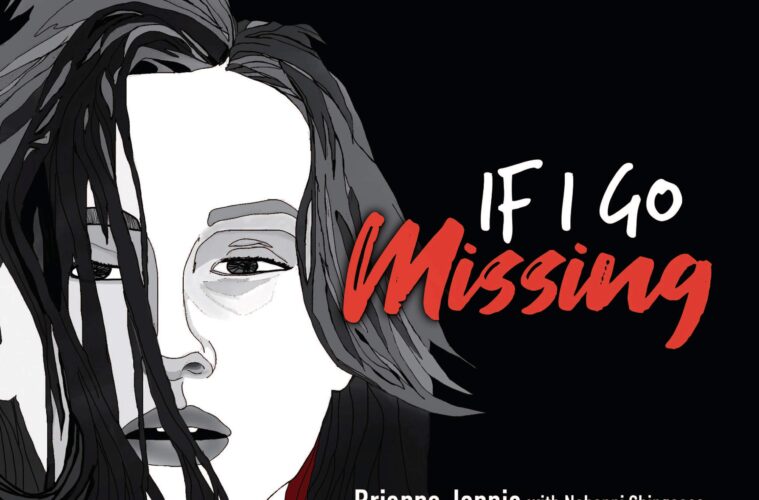This young adult graphic novel, which combines visual fiction and non-fiction, is like a real-world opening up with one of the specific risks of being an Indigenous youngster in today’s Canada.

The book’s material is based on portions from a letter written by fourteen-year-old Brianna Jonnie to the Winnipeg Chief of Police. This letter went viral and inspired the documentary film. In Jonnie’s letter, she wrote her confidants and appeals to the authorities while ignoring the pleas and the desire to help the indigenous people. Indigenous peoples are ignored when they go missing, and authorities urge them to “not treat me as the Indigenous person I am proud to be.” Indigenous girls are constantly faced with dangers such as exploitation, murder, robbery, or disappearance. But the remarkable thing is that the government, even knowing the existence of this problem, does not take it seriously and has absolute responsibility for this problem. Even the government can not figure out how many Indigenous girls have gone missing. This is the dark corner that the author has revealed through his narration.

Indigenous artist Neal Shannacappo created the artwork for the book as narrated by Jonnie. He uses dark tones such as black, gray, or red to make readers visualize and feel the dark corners of society and insight into the world through the perspective of a 14-year-old girl, Jonnie. And through the dark tones as well as the drawings depicting people and culture in his artworks, readers can see the author creating a situation when a young indigenous woman is missing. And followed by a series of images depicting her friends’ reactions, the indigenous community in particular, and society in general, especially the police, the government authorities, and the news media.
Jonnie’s letter has exposed a severe problem in the community for indigenous people that is the problem of racism. Talking about the issue of racism, a concern that is always latent in society but never really ends. But this problem is deeply rooted in indigenous girls, and they have to endure incomprehensible pain without proper help from the authorities. The book is a truth that is exposed to readers and helps society partly understand the truth of the matter and the irresponsibility of the government to the fate of the indigenous community, especially the girls. Jonnie is the representative of the indigenous community in general and for the girls who have been lost and killed in particular to expose the crimes, dark areas, and neglect of those who should be protected.
This is a must-read for audiences this June to remember the National Indigenous Peoples Day and appreciate the Indigenous community in Canada.


